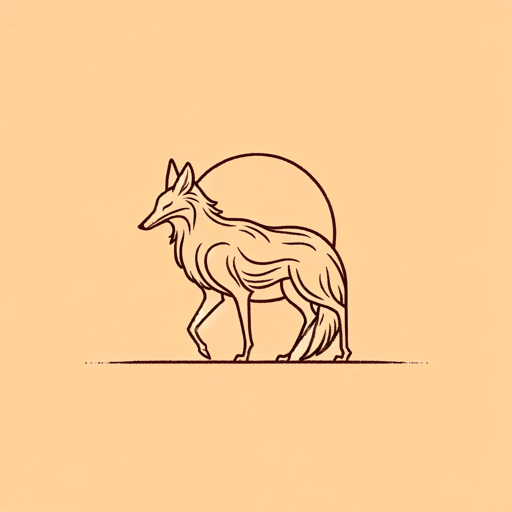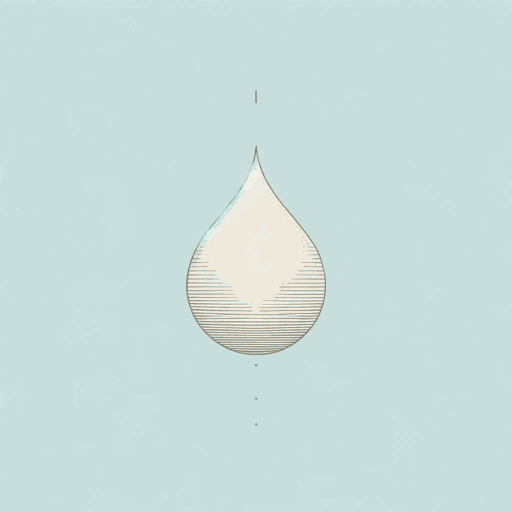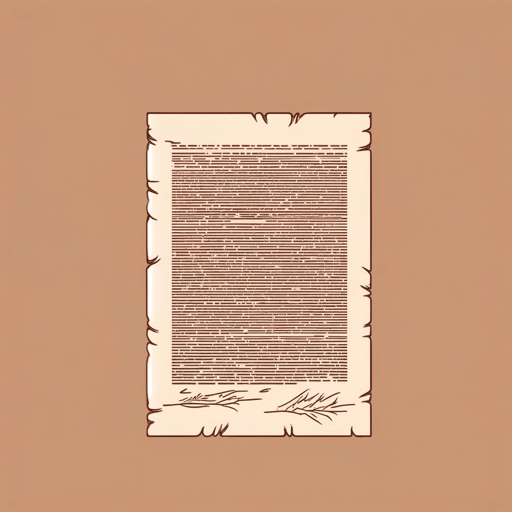48 pages • 1 hour read
Thomas KingTruth and Bright Water
Fiction | Novel | Adult | Published in 1999A modern alternative to SparkNotes and CliffsNotes, SuperSummary offers high-quality Study Guides with detailed chapter summaries and analysis of major themes, characters, and more.
Symbols & Motifs
Buffalo
Content Warning: This section refers to colonial trauma.
Buffalo are one of the novel’s most central and complex symbols, as evidenced by the fact that buffalo appear on the cover of nearly every edition of this novel. As animals that were native to the area but, as Elvin explains, “got a good look at Whites” and “took off” (91), the buffalo represent a sense of Indigenous identity that was annihilated by the arrival of white settler-colonizers. They are thus key to the novel’s exploration of The Search for an “Authentic” Indigenous Identity.
There are two sets of buffalo in the novel: the real, live buffalo that Franklin brings in as a tourist attraction, and the fake buffalo that Monroe erects as part of his restoration project. King juxtaposes these sets of buffalo to create a nuanced commentary on reclamation and authenticity. While Tecumseh helps Monroe set up the fake buffalo, he comments that there are real buffalo waiting for the tourists in Bright Water. Monroe responds that “Realism will only take you so far” (198). This critique of the importance of what is “real” and what is not raises questions about the purpose and meaning of the buffalo that Franklin has brought in.
Related Titles
By Thomas King

Borders
Thomas King

Green Grass, Running Water
Thomas King

Medicine River
Thomas King

The Back of the Turtle
Thomas King

The Inconvenient Indian: A Curious Account of Native People in North America
Thomas King

The Truth About Stories: A Native Narrative
Thomas King

